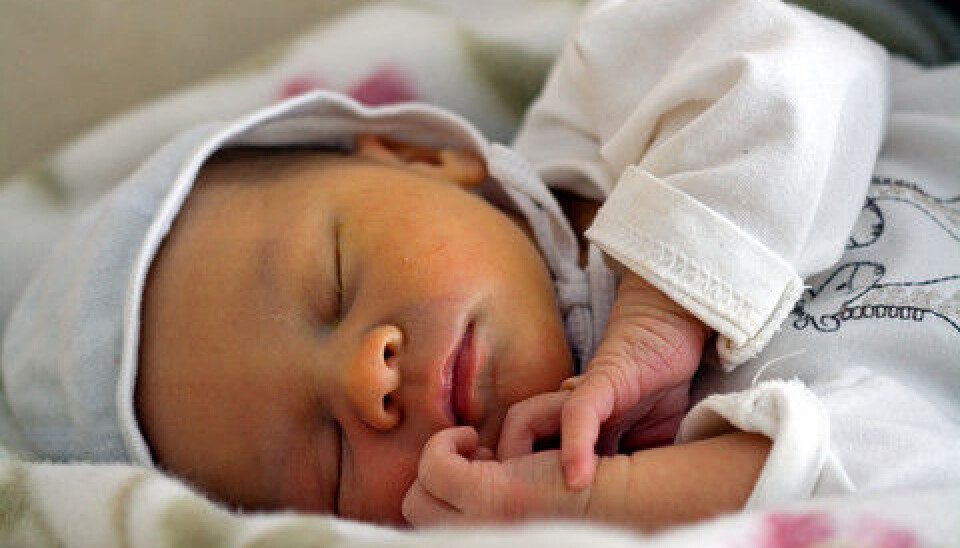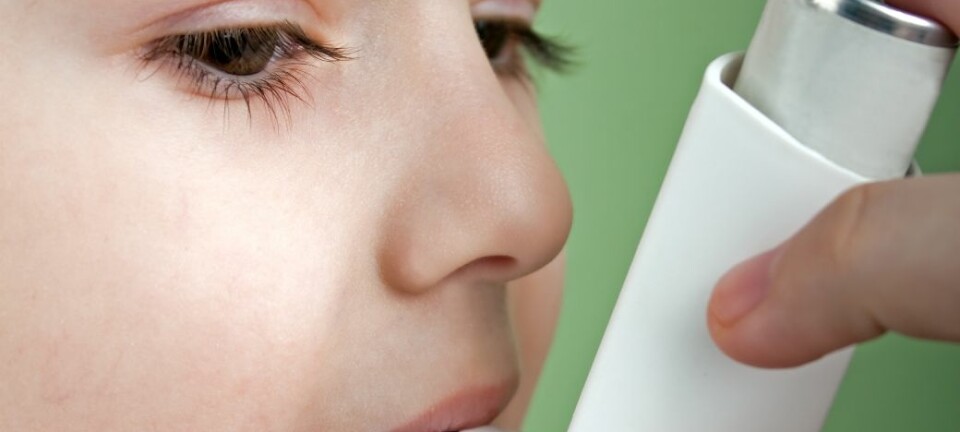
Traffic pollution threatens young lungs
Infants who live along streets with heavy traffic run higher risks of problems with impaired lung functions.
Children are particularly vulnerable to traffic pollution during their first year, conclude researchers at Sweden’s medical university Karolinska Institutet after following the development of 1,900 infants in greater Stockholm.
On average the kids who’d been exposed to the most traffic dust particles during infancy had lower lung volumes at the age of eight, according to a press release from Karolinska Institutet.
These kids who had breathed the most traffic pollution also ran a higher risk of severely impaired lung function, which involved at least 20 percent lower lung volume.
The link between weak lungs and traffic dust was particularly strong for boys rather than girls, for children sensitive to food allergies and/or airborne allergens and, perhaps not surprisingly, for asthmatic children.
Blood tests and air tests
The results are based on data from the BAMSE project, which was a major study starting in 1994 of 1,900 children from birth to the age of eight. In the course of this period parents have responded to a number of questionnaires and researchers have conducted lung and blood tests of the children.
The scientists also measured concentrations of pollutant particles outside the kids’ residences, kindergartens and schools.
The results reveal that close proximity to streets with heavy traffic can pose a health risk during infancy.
No pulmonary problem from later exposure
However, the children’s increased vulnerability to such pollution diminished after the age of one. Children who were first exposed to traffic pollution later in childhood didn’t appear be more susceptible to reduced lung function.
“Previous research has shown children are particularly sensitive to the negative impacts of air pollution and our study indicates that exposure in early life is especially harmful,” says Professor Göran Pershagen, according to the press release.
But researchers don’t know yet whether the children whose lung volumes were reduced by traffic pollution will continue to have problems with lung function as adults.
“We are now following up the kids at age 16 to see whether the negative effects on their lungs have persisted,” says Pershagen.
--------------------------
Read this article in Norwegian at forskning.no
Translated by: Glenn Ostling









